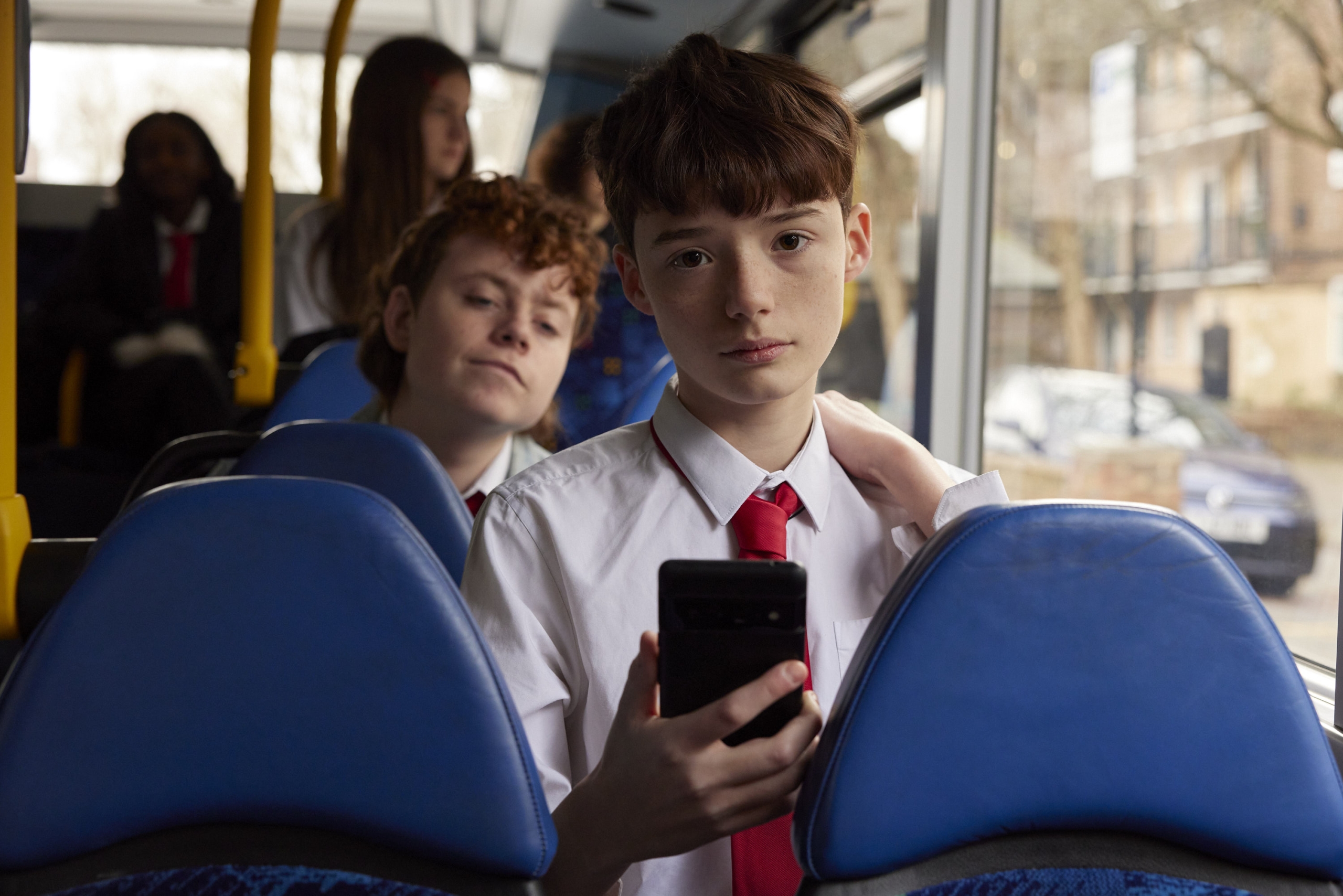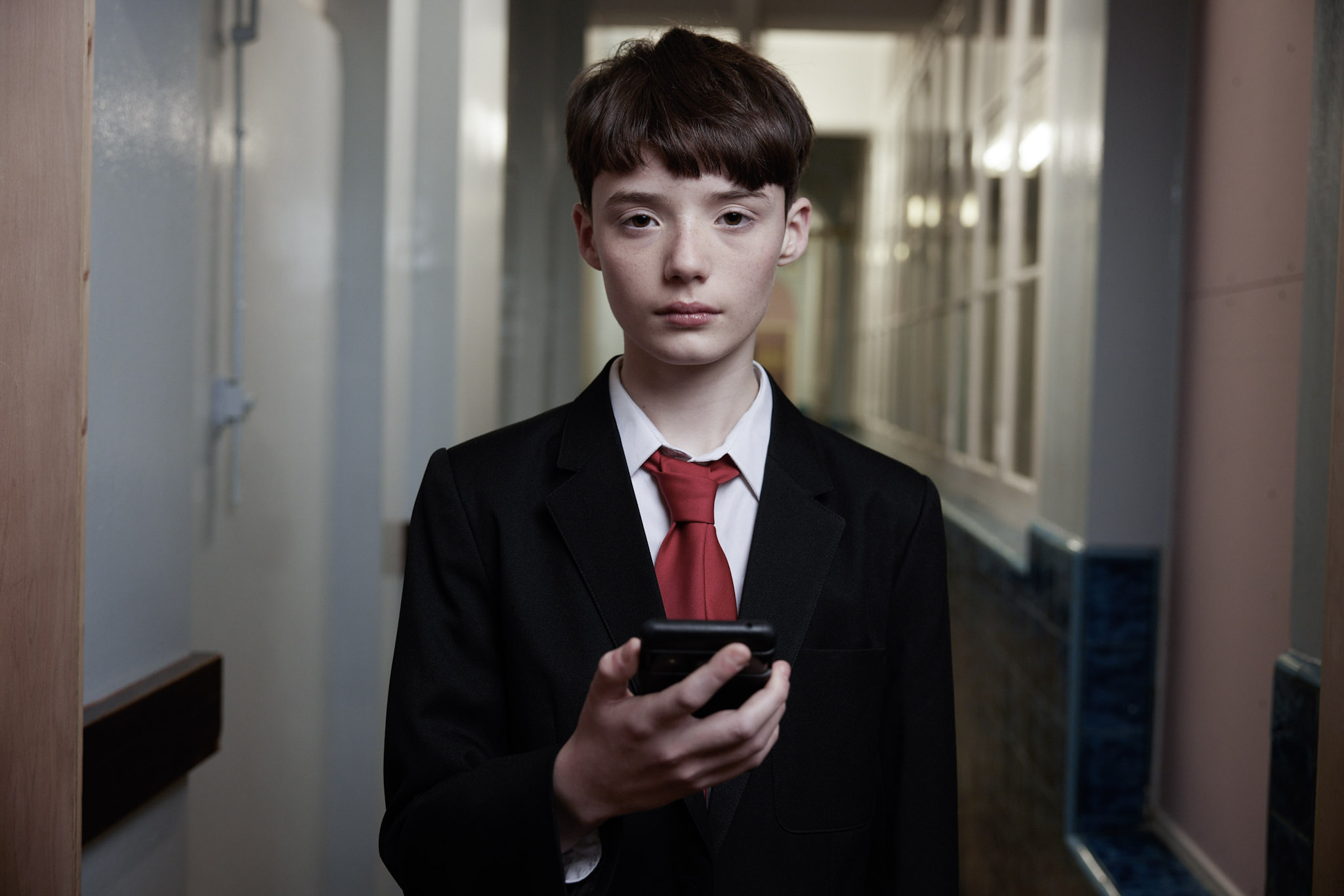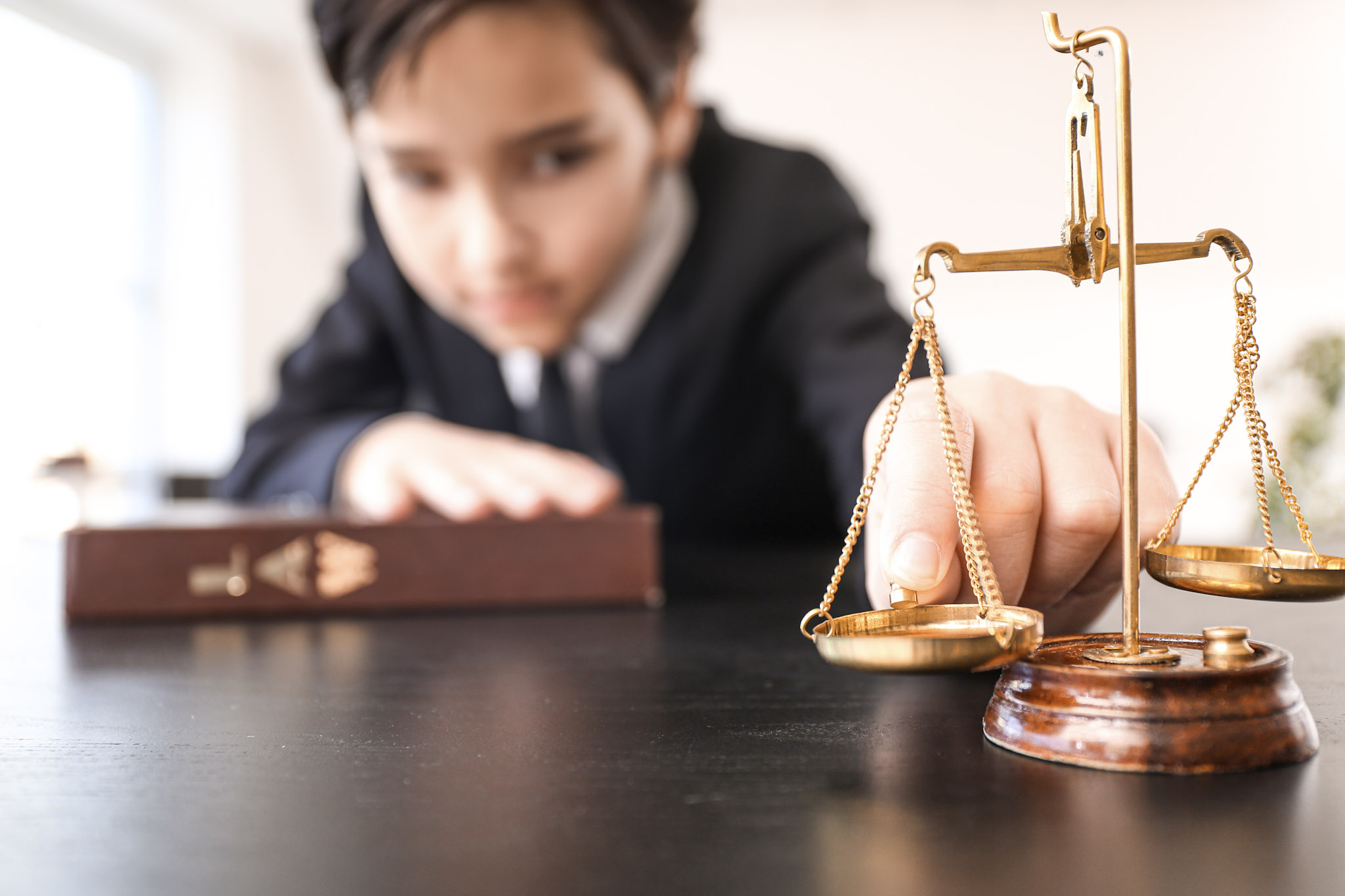The war in Ukraine has resulted in a cascade of upsetting digital content. How should parents talk about the conflict with their children and shield them from the worst images?
Every parent wants to protect their child from the darker sides of the world in which we live. Yet as war in the Ukraine rages on, many of us are discovering fast that this is no longer possible.
With a smartphone in their hand, young people are now exposed to media in myriad forms – homemade or expert, graphic or tragic, fake or real, searched for or stumbled upon. Neither can younger kids be shielded from the news. Children of all ages absorb overheard snippets of conversation, playground gossip and news broadcasts.
In fact, many experts agree that hiding all news of the war from your child can backfire, leading them to worry more about their unanswered questions. Calm, truthful and authoritative news sources and conversations are the key to protecting children’s mental health in turbulent times.
So how can you equip your child with age-appropriate information?
Teens and tweens
TikTok, Instagram, Snapchat and YouTube are currently alive with content from and about Ukraine. Your child might have questions to ask about the stories they are seeing. They may also feel overwhelmed, anxious and even pressured to keep up with the news, making it hard for them to put down their device and switch off.
If you are worried that your child is being overwhelmed, don’t panic. Setting YouTube to Restricted Mode will sift out the most inappropriate content while YouTube Kids limits their access still further to family-friendly videos.
It may also be a good idea to set boundaries around screen-time. Hold a family conference and agree to times at which everyone will step away from their devices. Leaving smartphones downstairs when everyone goes to bed eliminates the temptation to scroll through news and helps everyone get the sleep needed to process new information. Parental controls such as the Google Family Link app also allow you to set daily limits and ‘bedtime’ on your child’s device, ensuring that they take breaks.
A study by UNICEF found that three quarters of children are not confident in their ability to assess the accuracy of the information they access online. Those aged nine to 11 and 12-14 felt least confident of all. And with Russia’s online disinformation campaigns currently making headlines, now is a good time to start a conversation about ‘fake news’ with your children, and discuss the posts they are seeing on social media.
What is the difference between news and propaganda? Can you tell if an image has been doctored? If a post is popular, does that necessarily mean that it is true? Does one person’s view always give you the whole picture?
Teaching your kids to question what they see online, on TV and in the papers
On Safer Internet Day, we give parents tips on how to protect kids against dodgy TikTok videos, Facebook conspiracy theories, fake news and unreliable social media influencers.
Older teens may want to follow reputable news channels on social media (BBC News, for example, is covering the crisis on its Instagram channel). BBC Newsround, meanwhile, is aimed at children between six and 12 and is covering all the important developments, answering children’s most common questions and even also has advice on what to do if the news is upsetting you.
Finally, directing them towards positive stories about the crisis can turn feelings of despair into hope. On Instagram, the Positive News channel does just this.
Younger children
“Even the youngest children may well pick up on parents’ own distress about the news reports on the war in Ukraine,” says Eva Lloyd, Professor of Early Childhood at University of East London. “Watch out for children having nightmares, or becoming anxious, clingy, or withdrawn,” she says.
There are, says Prof Lloyd, several practical ways in which parents can help. First, have a simple, factual and honest account of the crisis, ready to share with your child when they ask, “adapting your story to how much information you think your children can cope with”.
To help them relate to the news, “you could involve children in a discussion about the need for conflict resolution that is free of violence,” she advises. “Base it around their own experiences in their early years settings or in school.”
Young children are very sensitive to the stress levels of adults in their lives, so she says: “I would try and restrict your own information seeking via your phone or television to times when your younger children are not around.”
Instead, seek out positive videos that you can share with them, “ones that highlight people’s concern for each other. For instance, show them scenes of the many families in Poland and other neighbouring countries offering space in their homes to refugees from Ukraine.”
Perhaps most importantly of all, she says: “Help your children understand that being sad at these times is natural. You may want to discuss with your children whether you as a family can do anything practical to help in this terrible situation, by donating some money to the British Red Cross, or the DEC Appeal, for instance.”
Vodafone steps up response to Ukraine crisis
Vodafone has redoubled its efforts to help those affected by the Ukraine crisis with a new package of measures.
In turbulent and scary times, the advice of American pre-school TV icon Fred Rogers is always useful: “When I was a boy and would see scary things in the news, my mother would say to me: Look for the helpers. You will always find people who are helping.” Teach your child to look for the helpers, and they may one day grow up to become a helper themselves.
Stay up-to-date with the latest news from Vodafone by following us on Twitter and signing up for News Centre website notifications.
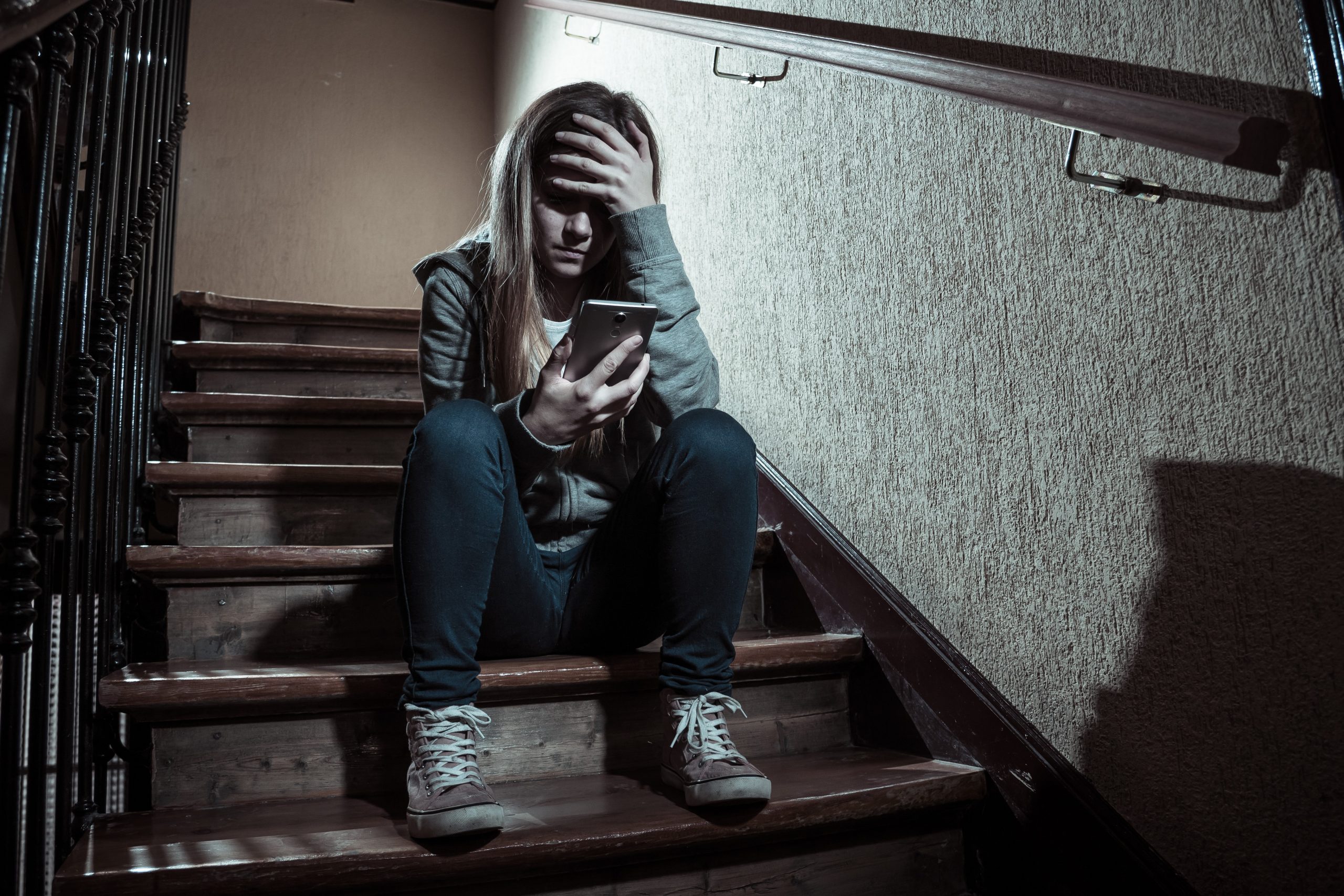


![Portrait of school age boy sitting at kitchen table do not want to eat[Adobe Stock] stock photo of a young boy sitting at a kitchen table, refusing to eat the food in front of him](https://www.vodafone.co.uk/newscentre/app/uploads/2024/03/Portrait-of-school-age-boy-sitting-at-kitchen-table-do-not-want-to-eatAdobe-Stock.jpg)
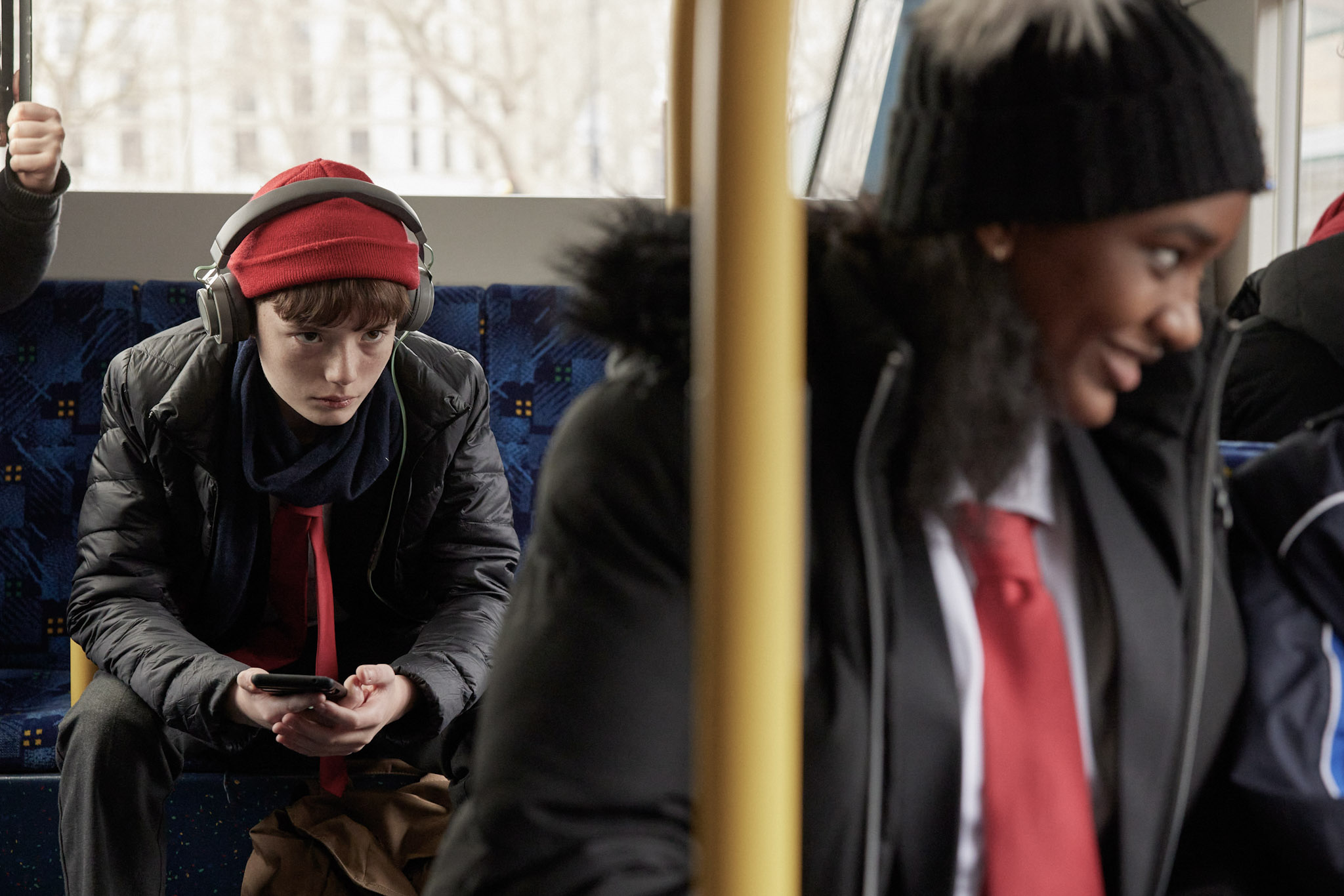

![mother with daughter with smartphone in snowy weather [Adobe Stock] stock photo of a mother outside in snowy weather with her daughter while using a smartphone](https://www.vodafone.co.uk/newscentre/app/uploads/2024/02/mother-with-daughter-with-smartphone-in-snowy-weather-Adobe-Stock.jpg)
